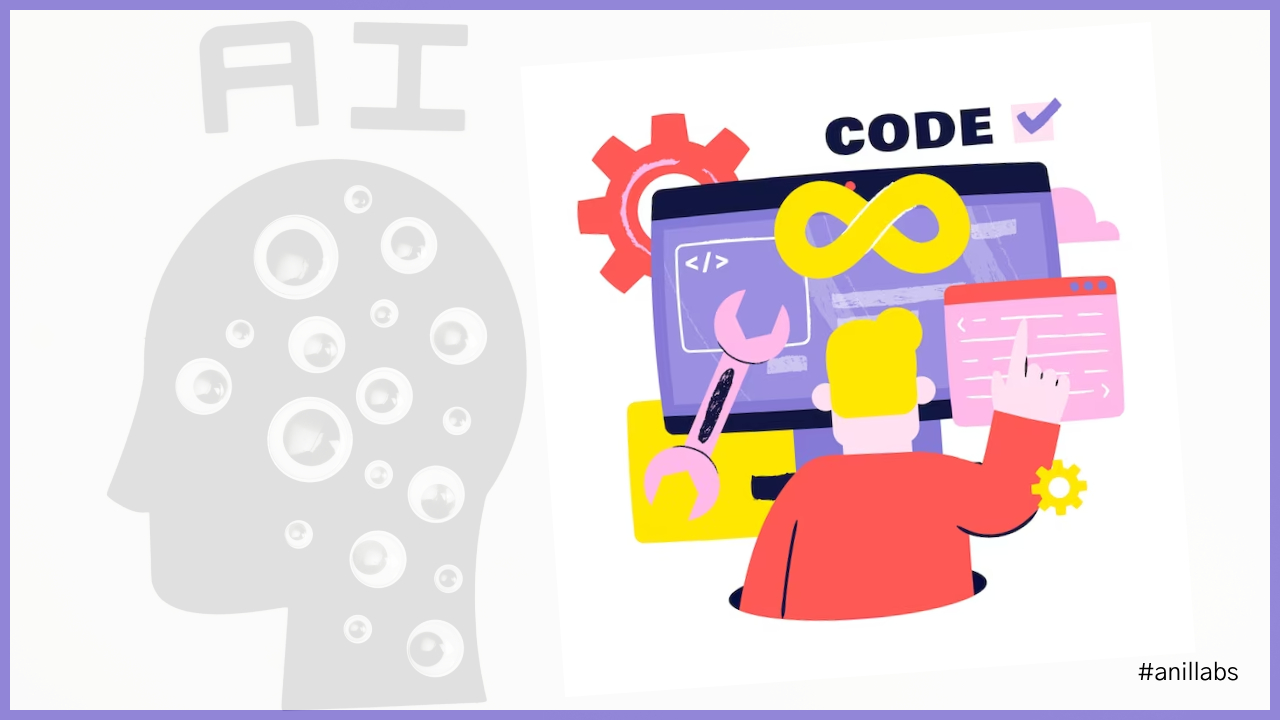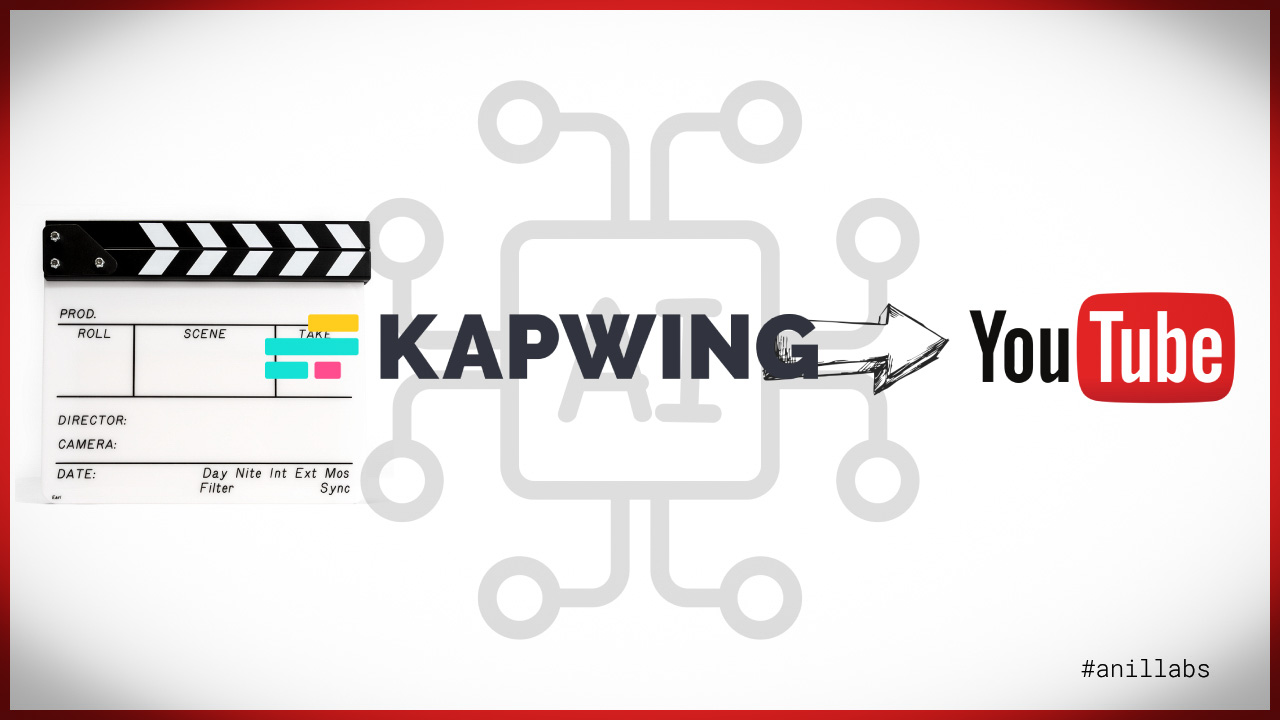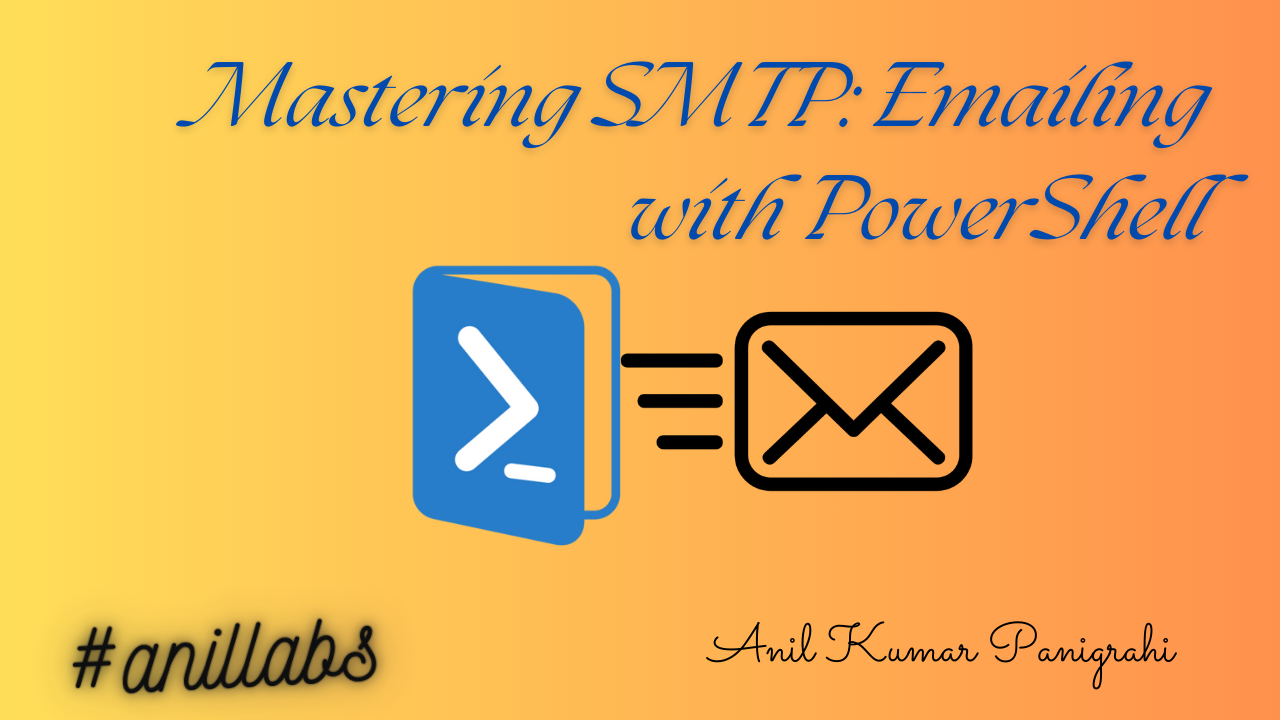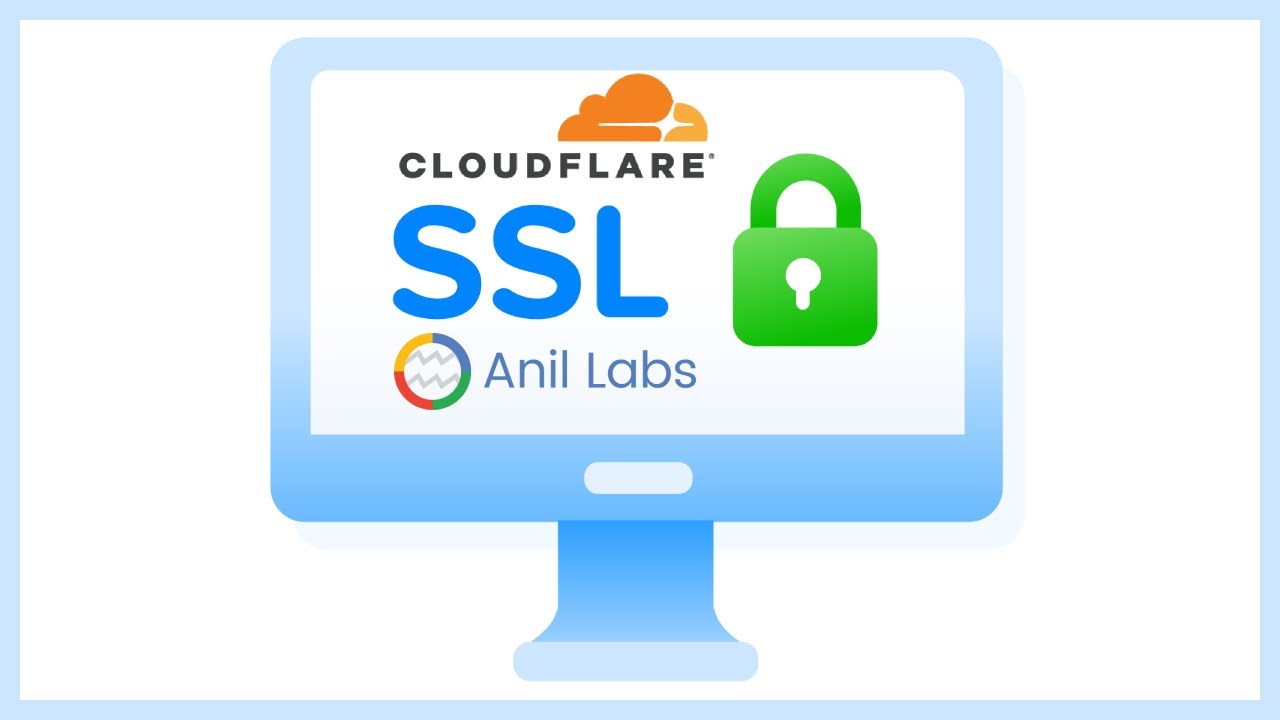In today’s rapidly evolving technological landscape, AI has emerged as a game-changer, transforming industries and empowering businesses to optimize their operations. However, integrating AI into existing workflows has often been a complex and resource-intensive endeavor, requiring specialized technical skills. That is, until the advent of low-code and no-code AI platforms. These platforms have revolutionized the AI landscape, democratizing access to its power by enabling non-technical users to build, deploy, and automate AI models without writing a single line of code. With their user-friendly interfaces and intuitive drag-and-drop functionalities, these tools have unlocked limitless possibilities for businesses and individuals alike.

The Era of AI-Powered Low-Code and No-Code Platforms: A Game-Changer in Technology | Anil Labs
The Rise of Low-Code and No-Code AI Platforms
- PyCaret: PyCaret is an open-source, low-code machine learning library in Python that automates machine learning workflows. It replaces hundreds of lines of code with just a few lines, making experiments exponentially fast and efficient. With its user-friendly interface and built-in visualization tools, PyCaret enables both experts and non-experts to build and deploy highly accurate machine learning models quickly and easily.
- DataRobot: DataRobot is the leader in Value-Driven AI, combining its open AI platform, deep AI expertise, and broad use-case implementation to improve how customers run, grow, and optimize their business. The platform simplifies and automates complex tasks involved in developing AI solutions, making it accessible to both data scientists and business professionals without extensive coding knowledge.
- Obviously AI: Obviously AI has built a tool that enables non-technical business analysts to rapidly run predictions on their historical data, allowing them to make better business decisions, fast. With its automated machine learning capabilities, users can easily connect their data sources and train and deploy predictive models without manual intervention.
- RunwayML: Runway is an applied AI research company shaping the next era of art, entertainment, and human creativity. RunwayML allows users to train and deploy AI models without requiring extensive coding knowledge. From image synthesis to natural language processing, RunwayML supports a wide range of AI applications.
- Google Teachable Machine: Google Teachable Machine is a web-based tool developed by Google that allows users to create machine learning models without coding or complex algorithms. Users can train models for tasks such as image classification, sound classification, and pose estimation using their own data.
- Microsoft Lobe: Developed by Microsoft, Lobe helps people with no data science experience import images and easily label them to create a machine learning dataset. Lobe automatically selects the right machine learning architecture and starts training without any setup or configuration.
- Apple CreateML: Apple Create ML is a machine learning framework and toolset specifically designed for macOS and iOS platforms. It provides a user-friendly interface and a set of APIs that simplify the process of training and deploying custom machine learning models on Apple devices.
- Akkio: Akkio is a technology company whose mission is to make artificial intelligence easy enough for anyone to use. Its no-code machine learning platform helps modern sales, marketing, and finance teams create and deploy AI predictive models without the need for data scientists or complex coding.
- Google AutoML: Google AutoML is a suite of machine learning tools and services provided by Google Cloud that aims to simplify the process of building and deploying custom machine learning models. AutoML offers a range of products and features that cater to different aspects of the machine learning workflow.
- Amazon SageMaker: Amazon SageMaker is a cloud ML platform that enables developers to create, train, and deploy machine learning models in the cloud. It aims to simplify and accelerate the process of building and deploying machine learning models, making it more accessible to developers and data scientists.
Advantages of Low-Code and No-Code AI Platforms
Development Efficiency
Low-code and no-code AI platforms significantly reduce the time and effort required to develop AI models. These platforms provide pre-built components, templates, and microservices that serve as boilerplates for basic functionalities, allowing users to focus more on the solution at hand rather than the code. With drag-and-drop capabilities and visual interfaces, even non-technical users can quickly build and deploy AI models, eliminating the need for extensive coding knowledge.
Cost Savings
Open-source low-code and no-code AI platforms offer a cost-effective solution for businesses. Unlike proprietary software, open-source platforms are free and accessible to everyone. This eliminates licensing and subscription fees, significantly reducing costs. Additionally, low-code and no-code platforms require fewer man-hours to develop applications, reducing the need for expensive expert developers and programmers.
Increased Productivity
With low-code and no-code AI platforms, businesses can enhance their productivity by delivering solutions faster. These platforms streamline the development process, allowing users to build applications quickly using pre-built components and templates. The simplified interface and visual tools enable both experts and non-experts to efficiently create and deploy AI models, saving time and resources.
Flexibility and Customization
One of the key advantages of low-code and no-code AI platforms is their flexibility and customization capabilities. These platforms allow developers to tailor the AI models to their specific needs by leveraging the open-source code and customizable features. Users can modify the source code, add functionalities, and integrate with existing applications and services, making the platforms versatile and adaptable to different industries and use cases.
Quick and Easy Transformation
In today’s digital era, businesses need to adapt and transform quickly to remain competitive. Low-code and no-code AI platforms enable organizations to embark on digital transformation journeys with ease. These platforms offer fast and cost-effective solutions that can be customized to meet market demands and customer expectations. With their intuitive interfaces and simplified development process, businesses can rapidly deploy AI models to enhance their operations and deliver value to their customers.
Challenges and Considerations
While low-code and no-code AI platforms offer numerous advantages, there are some challenges and considerations to keep in mind:
Lack of Support
Open-source platforms may lack dedicated support and service from a company. While passionate communities of developers often emerge around popular open-source platforms, there is no guarantee that a bug or issue will be resolved within a reasonable timeframe. Users may need to rely on community support or hire specialized contractors for assistance.
Security Risks
The open-source nature of low-code and no-code platforms means that the source code is accessible to anyone. While this fosters innovation and collaboration, it also carries the risk of malicious modifications and potential security vulnerabilities. Users must be vigilant and implement appropriate security measures to protect their applications and data.
Proprietary API
Some low-code and no-code platforms may have limitations in terms of proprietary APIs. This can restrict the functionality and integration capabilities of applications built on these platforms, hindering their ability to deliver value to businesses.
Lock-in
Once an organization commits to a specific low-code or no-code platform, switching to another platform may be challenging. As requirements become more sophisticated, businesses may need to invest in additional expert developers or programmers to execute and implement complex processes. Compatibility with independent programming or development may also be limited.
Why Choose Open Source for Low-Code and No-Code Platforms?
Open-source low-code and no-code platforms offer several benefits that make them an attractive choice for businesses:
Quality of Platform
Open-source platforms benefit from a passionate community of developers who continuously contribute to improving the software. These communities add new features, fix bugs, and enhance the stability and robustness of the platform. The collaborative nature of open-source development ensures a high-quality platform with a diverse range of components and functionalities.
Faster Go-To-Market Time
By leveraging existing code templates and components, developers can build solutions faster using open-source low-code and no-code platforms. This dramatically reduces the time it takes to develop and deploy applications, enabling businesses to bring their products to market quickly and gain a competitive edge.
Saving on Developer Bandwidth
Open-source low-code and no-code platforms save developers weeks or even months of effort by providing ready-to-use code templates. Even citizen developers with limited programming knowledge can contribute to the development process, making it more accessible and cost-effective.
Open Source Community
The open-source community serves as a valuable resource for developers using open-source platforms. It provides a pool of knowledge, support, and collaboration opportunities, enabling developers to learn from each other and solve problems more effectively. This community-driven approach fosters innovation and continuous improvement.
Conclusion
The rise of low-code and no-code AI platforms has revolutionized the way businesses build and deploy AI models. These platforms offer a user-friendly interface, drag-and-drop functionality, and pre-built components, enabling both experts and non-experts to create and deploy AI models without extensive coding knowledge. Open-source low-code and no-code platforms provide numerous advantages, including development efficiency, cost savings, increased productivity, flexibility, and easy transformation. However, challenges such as lack of support, security risks, proprietary APIs, and potential lock-in should be considered. By choosing open-source solutions, businesses can benefit from the quality of the platform, faster go-to-market time, savings on developer bandwidth, and the support of a vibrant open-source community. Embracing open-source low-code and no-code platforms empowers businesses to leverage the power of AI and drive innovation in their respective industries.








1 Comment
The Power of Low-Code and No-Code Development: A Comprehensive Guide - Anil Labs · September 10, 2023 at 6:12 am
[…] ways to stay ahead of the competition. One such approach that has gained significant traction is low-code and no-code development. These visual software development environments enable both professional developers and […]